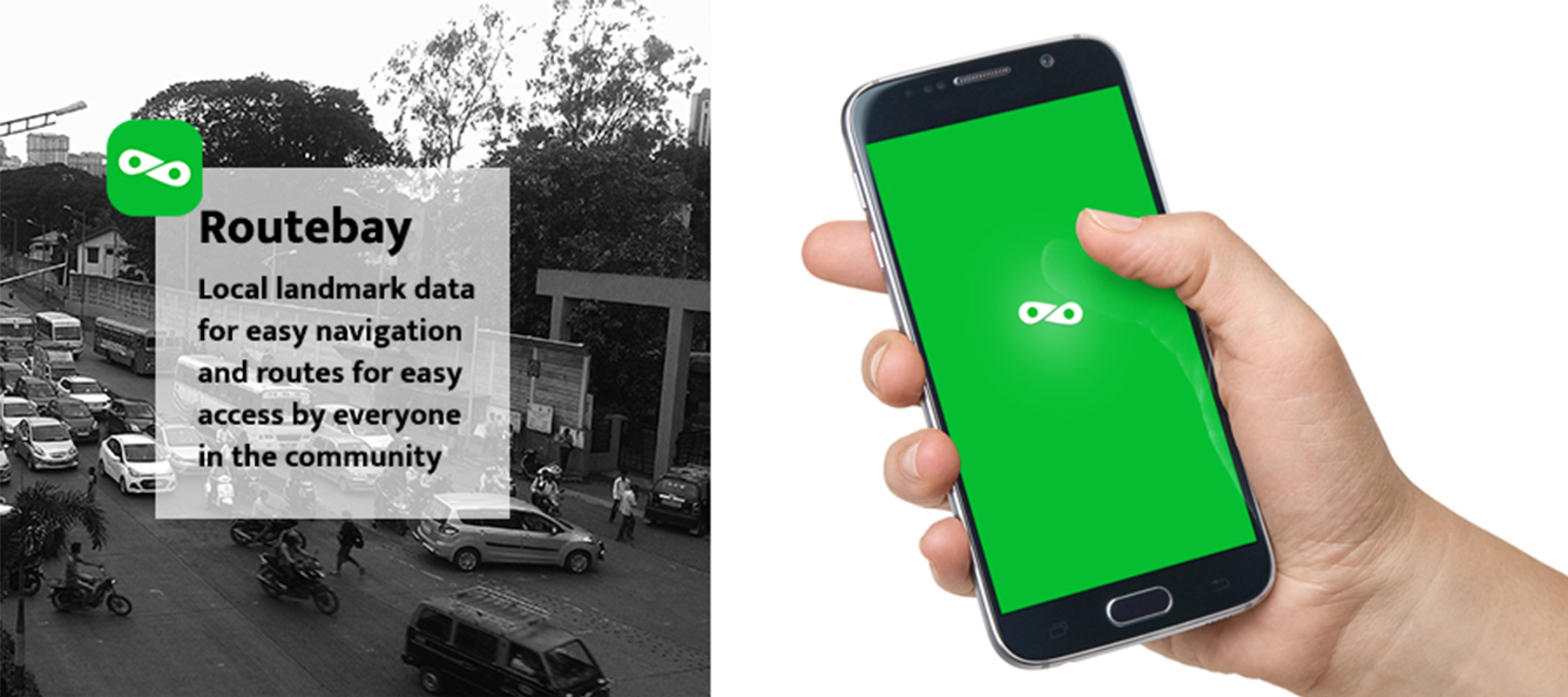Name: Naveen Singh Rawat
Guide: Prof. Ravi Poovaiah
Course: Interaction
Navigation and wayfinding issues have been largely ignored when it comes to planning & design of Indian cities. City’s organic growth affects the way people navigate in daily life. An average commuter prefers asking for directions rather than rely on maps. What makes us comfortable with this kind of wayfinding in urban scenario? Is there a better way to learn this aspect and make our wayfinding tools better through design intervention?
I focused on human wayfinding and went among people and research behaviors following a user centered approach. The design solution aims at facilitating wayfinding to better find, create and retrace routes by bringing local data and simpler local maps together that grows organically. It allows users to leverage community sourced route data and make better intuitive decisions while navigating.
“Age left leke ek mandir ata hai, waha pe se 2 kadam pe ek bus stop hai .“
This colloquial way of telling directions is understood by all as very few urban areas are laid out in a grid, contrary to major cities in the west. We don’t name all of our streets and roads and building blocks. Existing solutions such as prevalent online maps does not align with how we navigate on a daily basis. There is inaccuracy of road, street names, the lingo is confusing. How does a daily commuter navigate with these tools and what are the issues?
During user studies I observed indifference towards physical and online maps. Users seem to not indulge in finding destinations by using Google maps and rather seeking for information sources which seems trustworthy like a bus conductor or a tea shop at a busy corner. In my interviews, drivers (Uber,Ola) said the maps doesn’t complete with what knowledge they already have about the routes and find the navigation systems confusing.
The first image shows wayfinding decision making workflow before RouteBay . Where does the design intervention comes into picture? The second image shows the DI – Design intervention which is based on understanding of users in Indian context
Observations and user study data was compiled and many insights were generated which were later prioritized. Mental maps of current user behavior helped in understanding issues and how user is problem solving themselves and what can facilitate that behavior and build on that premise.
The key design insight was not try to create something totally new and solve the problem in that light but to facilitate people’s own problem solving by understanding user behavior. Routebay is an application that makes your city navigation easy and familiar. People know their routes better than others and such rich information can help create better and relatable maps where information can be consumed based on context and local knowledge. Commute using help from others, put your own landmarks, verify other places, and make wayfinding easy for everyone.















